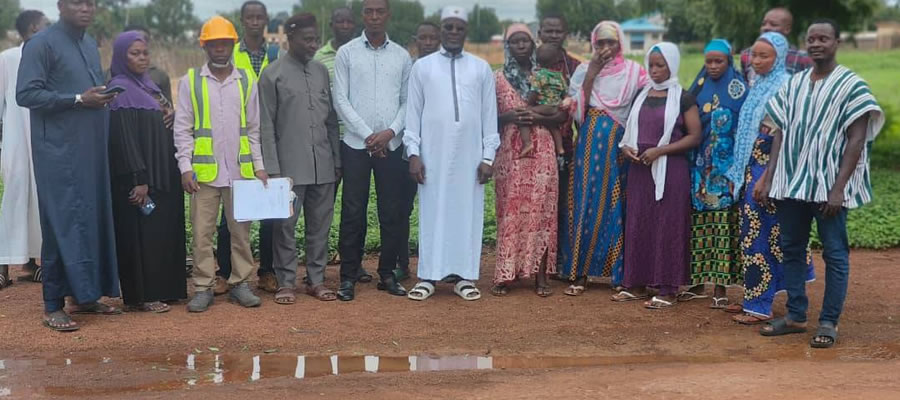

The main cause of diseases in the district is related to the poor sanitary condition throughout the District. In terms of sanitation facilities, 89.5% have no toilet facilities and "go on free range". 10.5% have traditional pit toilets, 5.3% use public KVIP, 2.0% use flushed toilet and 0.9% use bucket or pan latrine. In total 9.3% of the people have access to safe excrete disposal facilities, X- which corresponds with 3.5% of the population covered, by the baseline survey (1999 Sept.).
Below is a table showing existing toilet facilities in the district.
| Toilet facilities | Total | % | Functioning | % | Not functioning | % |
|
| later | 13 | 12.8 | 13 | 15.9 | - | - |
|
| Tank | 22 | 21.6 | 14 | 17 | 8 | 40 |
|
| Water closet | 32 | 31.4 | 32 | 39 | - | - |
|
| Mozambican latrine | 12 | 11.8 | 11 | 13.4 | 1 | 5 |
|
| Pit latrine | 0 | 9.8 | 5 | 6.1 | 5 | 25 |
|
Water
According to the Baseline Survey of 1999, only 33% and 40% of the population have access to safe drinking water in the dry and rainy seasons respectively. The main water sources especially in the dry season are pond/dugout/dams. Other sources include streams and rivers, and rain water during the rainy season. About 70.3% and 62.6% (during dry and rainy seasons respectively) do have access to safe drinking water within a distance of 500 metres. This state of affairs coupled with poor sanitation, have very serious implications for the health of the people in the district.
Date Created : 11/21/2017 9:09:58 AM






 facebook
facebook
 twitter
twitter
 Youtube
Youtube
 +233 593 831 280
+233 593 831 280 0800 430 430
0800 430 430 GPS: GE-231-4383
GPS: GE-231-4383 info@ghanadistricts.com
info@ghanadistricts.com Box GP1044, Accra, Ghana
Box GP1044, Accra, Ghana